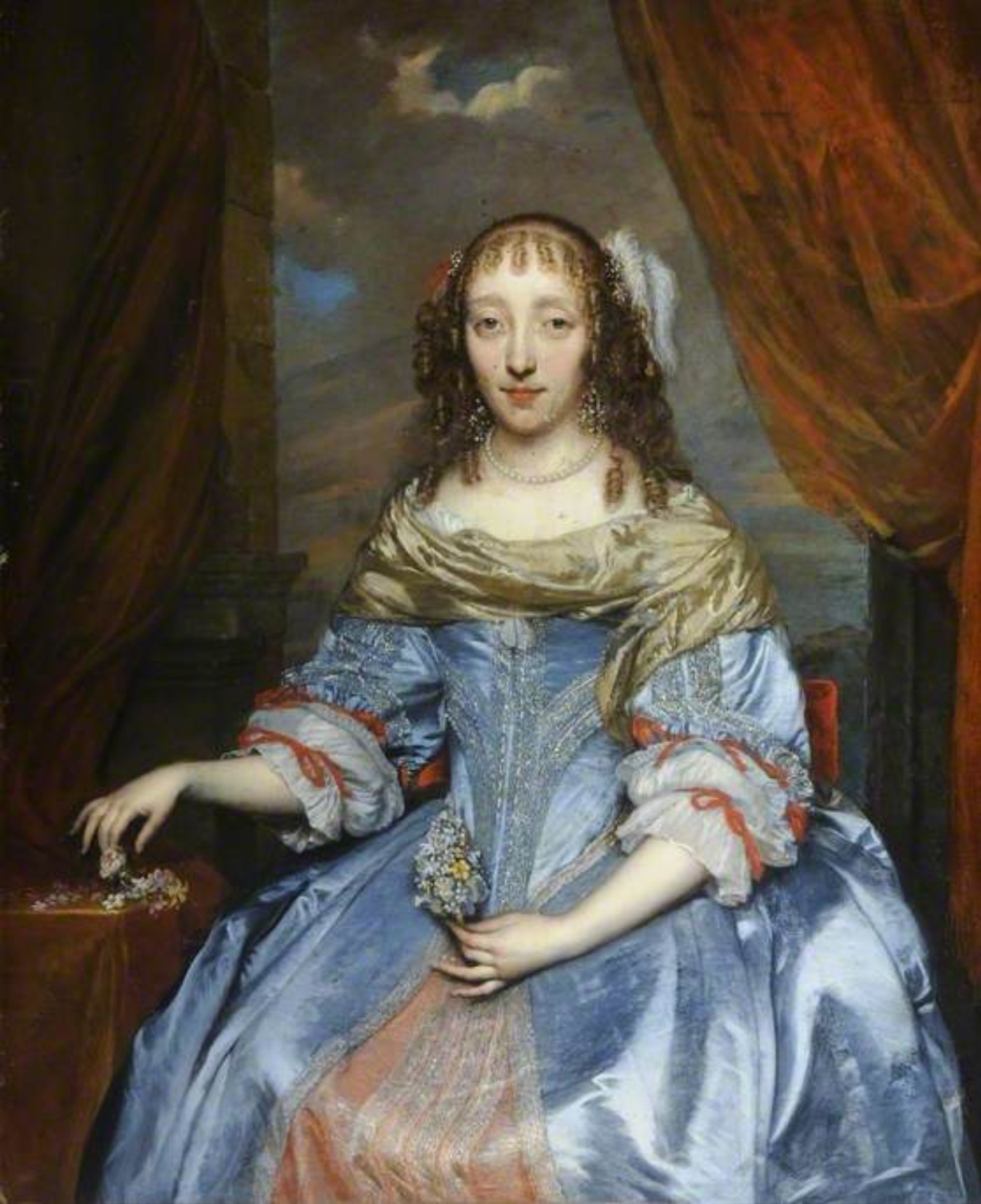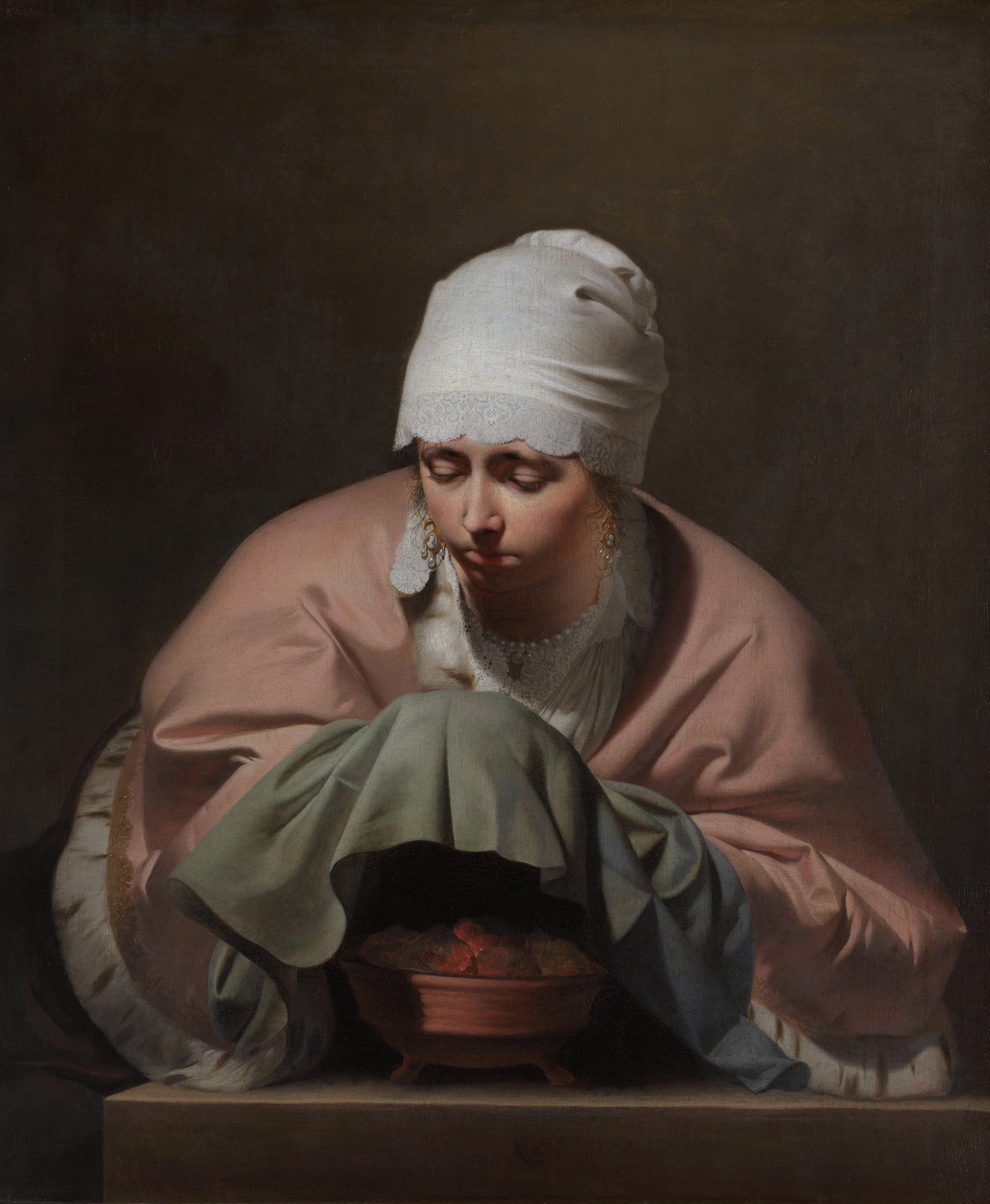|
Huis Ten Bosch
Huis ten Bosch (, ; ) is a royal palace in The Hague, Netherlands. It is one of three official residences of the Dutch monarch; the two others being the Noordeinde Palace in The Hague and the Royal Palace of Amsterdam. Huis ten Bosch was the home of Queen Beatrix from 1981 to her abdication in 2013; King Willem-Alexander and his family moved in on 13 January 2019. A replica of the palace was built in Sasebo, Japan, in a theme park bearing the same name. History 17th and 18th century Construction of Huis ten Bosch began on 2 September 1645, under the direction of Bartholomeus Drijffhout, and to a design by Pieter Post and Jacob van Campen. It was commissioned by Amalia of Solms-Braunfels, the wife of Stadtholder Frederick Henry, on a parcel of land granted to her by the States General.Loonstra 1983, Slothouwer 1945 The first stone was laid by Elizabeth of Bohemia. After her husband's death in 1647, Amalia dedicated the palace to him. Led by the architect-painters ... [...More Info...] [...Related Items...] OR: [Wikipedia] [Google] [Baidu] |
Palace
A palace is a large residence, often serving as a royal residence or the home for a head of state or another high-ranking dignitary, such as a bishop or archbishop. The word is derived from the Latin name palātium, for Palatine Hill in Rome which housed the Roman Empire, Imperial residences. Most European languages have a version of the term (''palats'', ''palais'', ''palazzo'', ''palacio'', etc.) and many use it to describe a broader range of buildings than English. In many parts of Europe, the equivalent term is also applied to large private houses in cities, especially of the aristocracy. It is also used for some large official buildings that have never had a residential function; for example in French-speaking countries ''Palais de Justice'' is the usual name of important courthouses. Many historic palaces such as parliaments, museums, hotels, or office buildings are now put to other uses. The word is also sometimes used to describe an elaborate building used for public ent ... [...More Info...] [...Related Items...] OR: [Wikipedia] [Google] [Baidu] |
Jacob Van Campen
Jacob van Campen (2 February 1596 — 13 September 1657) was a Dutch artist and architect of the Golden Age. Life He was born into a wealthy family at Haarlem and spent his youth in his hometown. Being of noble birth and with time on his hands, he took up painting mainly as a pastime. In 1614, he became a member of the Guild of Saint Luke (in Haarlem the architects and painters were both in the same guild, and many were both, such as Pieter Saenredam and Salomon de Bray), and studied painting under Frans de Grebber — a number of Van Campen's oils survive. About 1616 to 1624 he is thought to have lived in Italy. On his return to the Netherlands, Van Campen turned to architecture, applying ideas borrowed from Andrea Palladio, Vincenzo Scamozzi, and classical influences from Vitruvius. He was primarily responsible for introducing the classical revival style into Dutch Baroque architecture, combining the native, Dutch brick style with the Vitruvian principles he had lea ... [...More Info...] [...Related Items...] OR: [Wikipedia] [Google] [Baidu] |
Gonzales Coques
Gonzales Coques (between 1614 and 1618 – 18 April 1684) was a Flemish painter of portraits and history paintings.Veronique van Passel, "Coques [Cocks; Cox], Gonzales [Consael; Gonsalo]", ''Grove Art Online''. Oxford University Press, [accessed 4 October 2015. Because of his artistic proximity to and emulation with Anthony van Dyck he received the nickname ''de kleine van Dyck'' (the little van Dyck). Coques was also active as an art dealer.Ursula Härting, ''Review of Marion Lisken-Pruss, Gonzales Coques (1614–1684). Der kleine Van Dyck (Pictura Nova. Studies in 16th- and 17th- Century Flemish Painting and Drawing XIII). Turnhout: Brepols 2013. 495 pp, 29 col. pls, 120 b&w illus. '', in: historians of netherlandish art, Newsletter and Review of Books Vol. 30, No. 2, November 2013, pp. 46–47 Life Coques was born in Antwerp as the son of Pieter Willemsen Cock and Anne Beys. His exact date of birth is not known. Estimates range between December 1614, the date on which a Gon ... [...More Info...] [...Related Items...] OR: [Wikipedia] [Google] [Baidu] |
Pieter Soutman
Pieter Claesz Soutman (1593-1601 – 16 August 1657)Pieter Claesz. Soutman in the was a painter and from Haarlem. Biography Soutman was born and died in , where he was a contemporary of |
Salomon De Bray
Salomon de Bray (1597 – 11 May 1664) was a Dutch Golden Age painter and architect. Biography De Bray was born in Amsterdam, but established himself in Haarlem before 1617, where he is registered as being a member of the schutterij that year in the St. Adrian's cloveniers.Salomon de Bray in the He probably followed draftsmanship and painting lessons in the small academy started by , and |
Caesar Van Everdingen
Cesar Pietersz, or Cesar Boetius van Everdingen (1616/17 – buried 13 October 1678), older brother of Allart van Everdingen and Jan van Everdingen, was a Dutch Golden Age portrait and history painter. Biography He was born in Alkmaar and educated in Utrecht, where he learned to paint from Jan Gerritsz van Bronckhorst.Cesar van Everdingen Biography in ''De groote schouburgh der Nederlantsche konstschilders en schilderessen'' (1718) by , courtesy of the Digital library for Dutch literature [...More Info...] [...Related Items...] OR: [Wikipedia] [Google] [Baidu] |
Theodoor Van Thulden
Theodoor van Thulden (1606–12 July 1669) was a Flemish painter, draughtsman and engraver born in 's-Hertogenbosch in the duchy of Brabant. He is mainly known for his altarpieces, mythological subjects, allegorical works and portraits. He was active in Antwerp, where he had trained, as well as in Paris and his native 's-Hertogenbosch.Theodoor van Thulden at the Life Theodoor van Thulden was born in 's-Hertogenbosch where he was baptized on 9 August 1606 in the St. John's ...[...More Info...] [...Related Items...] OR: [Wikipedia] [Google] [Baidu] |
Thomas Willeboirts Bosschaert
Thomas Willeboirts Bosschaert (1613 – 23 January 1654) was a Dutch Republic-born Flemish Baroque painter. Biography Willeboirts Bosschaert was born in Bergen op Zoom, where his Catholic family had moved in the late sixteenth century. He moved to Antwerp in 1628, and entered the studio of Gerard Seghers for eight years. In 1636 or 1637 he became an Antwerp citizen and joined the Guild of St. Luke. He died in Antwerp. Art Willeboirts' style was heavily influenced by Anthony van Dyck, both in history and portrait, leading some scholars to suggest that Willeboirts might have studied in that studio. The artist ran his own studio with at least nine known pupils, and collaborated with other artists of the time such as Daniel Seghers, Paul de Vos, Jan Fyt, Jan van den Hoecke, Frans Snyders, and Adriaen van Utrecht, as well as with Peter Paul Rubens on the decoration series for Philip IV of Spain's '' Torre de la Parada'' (1636–1638). Between 1641 and 1647 he also worked for ... [...More Info...] [...Related Items...] OR: [Wikipedia] [Google] [Baidu] |
Jacob Jordaens
Jacques (Jacob) Jordaens (19 May 1593 – 18 October 1678Jacques Jordaens in the Netherlands Institute for Art History) was a Flemish people, Flemish painter, Drawing, draughtsman and a designer of tapestries and prints. He was a prolific artist who created biblical, mythological, and allegorical compositions, genre scenes, landscapes, illustrations of Flemish sayings and portraits. After the death of Peter Paul Rubens, Rubens and Anthony van Dyck, he became the leading Flemish Baroque painting, Flemish Baroque painter of his time. Unlike those illustrious contemporaries he never travelled abroad to study the Antique and Italian painting and, except for a few short trips to locations elsewhere in the Low Countries, he resided in Antwerp his entire life. He also remained largely indifferent to Rubens and van Dyck's intellec ... [...More Info...] [...Related Items...] OR: [Wikipedia] [Google] [Baidu] |
Gerard Van Honthorst
Gerard van Honthorst (Dutch: ''Gerrit van Honthorst''; 4 November 1592 – 27 April 1656) was a Dutch Golden Age painting, Dutch Golden Age painter who became known for his depiction of artificially lit scenes, eventually receiving the nickname ''Gherardo delle Notti'' ("Gerard of the Nights"). Early in his career he visited Rome, where he had great success painting in a style influenced by Caravaggio. Following his return to the Netherlands he became a leading portrait painter. Van Honthorst's contemporaries included Utrecht painters Hendrick ter Brugghen, Hendrick Ter Brugghen and Dirck van Baburen. Early life Van Honthorst was born in Utrecht, the son of a decorative painter, and trained under his father, and then under Abraham Bloemaert.Brown (1997), p.62 Italy Having completed his education, Honthorst went to Italy, where he is first recorded in 1616. He was one of the artists from Utrecht who went to Rome at around this time, all of whom were to be deeply influen ... [...More Info...] [...Related Items...] OR: [Wikipedia] [Google] [Baidu] |
Oranjezaal Na De Restauratie- Overzicht Noordoosthoek, Met De Hele Oostwand - 's-Gravenhage - 20416714 - RCE
The ''Oranjezaal'' refers to a painted ballroom in the royal palace Huis ten Bosch in The Hague. It was once, together with its neighboring ''Chinese room'', part of the first national museum of the Netherlands founded in 1800 called the ''Nationale Konst-Gallery''. The supervisor Cornelis Sebille Roos appointed Jan Gerard Waldorp as the first custodian and curator to receive visitors (for 6 stuivers) and explain the collection. The Oranjezaal or ''Orange room'' was commissioned upon the death of Frederick Henry, Prince of Orange in 1647 and was built during the years 1648-1651 by Jacob van Campen under the direction of Constantijn Huygens and Amalia van Solms. The painters were chosen as the best of the Netherlands who painted in the style of Rubens, and were mostly of the Catholic faith. A total of 31 paintings were made to decorate the room from floor to ceiling and the result became part of the first national museum of the Netherlands. It is still considered one of the highlight ... [...More Info...] [...Related Items...] OR: [Wikipedia] [Google] [Baidu] |
Elizabeth Stuart, Queen Of Bohemia
Elizabeth Stuart (19 August 1596 – 13 February 1662) was Electress of the Palatinate and briefly Queen of Bohemia as the wife of Frederick V of the Palatinate. The couple's selection for the crown by the nobles of Bohemia was part of the political and religious turmoil that set off the Thirty Years' War. Since her husband's reign in Bohemia lasted over only one winter, she is called "The Winter Queen" (, ). Princess Elizabeth was the only surviving daughter of James VI and I, King of Scotland, England, and Ireland, and his queen, Anne of Denmark; she was the elder sister of Charles I. Born in Scotland, she was named in honour of her father's predecessor and cousin in England, Elizabeth I. During Elizabeth Stuart's childhood, unbeknownst to her, part of the failed Gunpowder Plot was a scheme to replace her father with her on the throne, and forcibly raise her as a Catholic. Her father later arranged for her marriage to the Protestant Frederick V, a senior prince of the Hol ... [...More Info...] [...Related Items...] OR: [Wikipedia] [Google] [Baidu] |







